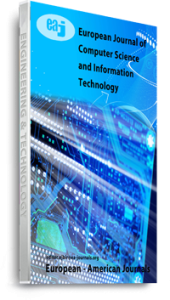Computer mediated communications cmc, are classified into two types, synchronous and asynchronous. Synchronous cmc are methods of communication in which communicators respond immediately to each other, e.g. chatline and SMS while asynchronous cmc has a time difference between the period of production and reception of messages, such as emails and bulletin boards. These networking technologies have had an enormous impact on language learning at various parts of the world. Saudi Arabia, is witnessing an unprecedented increase in the importance of English as a lingua franca as an answer to its economic needs. However, Saudi community is basically conservative and sex-segregation is maintained at schools which result in limited opportunities for language interaction. Therefore, asynchronous cmc seems to be compatible and has a particular relevance to the Saudi learners because it cuts out the potential for the cultural problems which might be imposed by the above norms and practices of the society. This paper will investigate the viability of introducing asynchronous cmc as vehicle for interaction to the Saudi ELT classrooms from a linguistic, interactional, cultural and teaching perspectives.
Keywords: Asynchronous CMC, Cultural-sensitivity, English language teaching, Flaming, Language productivity, interaction

